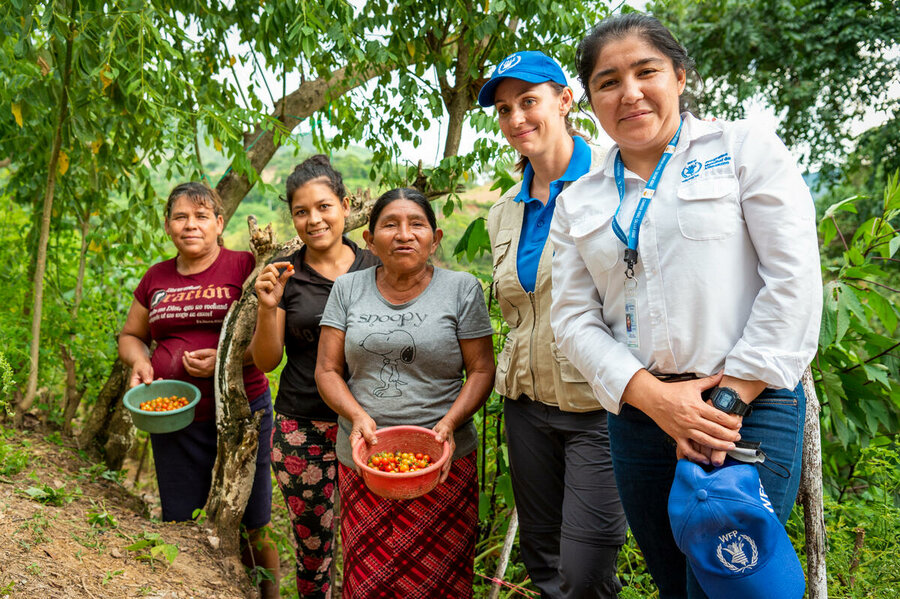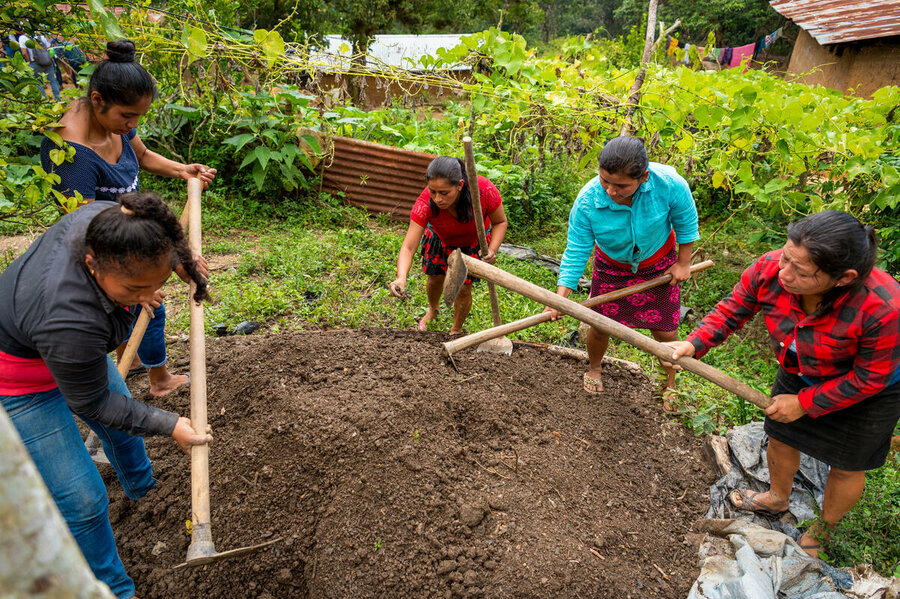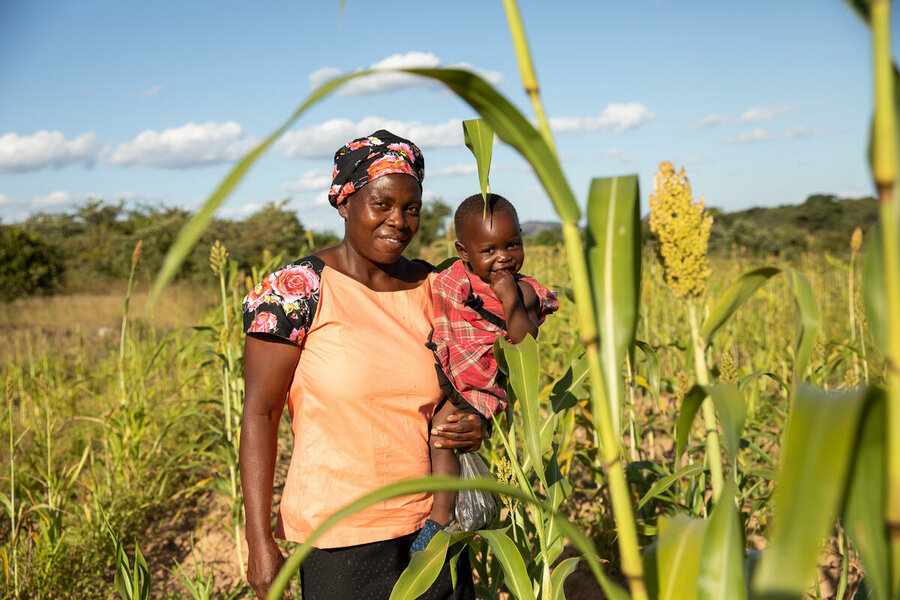
Every year, the World Food Programme (WFP) rehabilitates almost 200,000 hectares of land around the world - more than twice the size of New York City.
Currently, at a time of unprecedented hunger, 33 percent of global soils are degraded, directly affecting half of the world's population, particularly in rural areas. Soil degradation threatens crop productivity, plant health, the quality of food and, ultimately, people; a hefty consideration as we mark World Soil Day on Monday (5 December).

As usual, those communities least able to cope are hit hardest. It may seem obvious but good soil is critical - literally the root of developing countries' farming output which so many depend on.
What's less obvious is how fragile soils are. Every year, soil erosion is responsible for the loss of 24 billion tons of fertile land. Without efforts to restore and protect soil, by 2050 we will have additional degradation of an area almost the size of South America.

From Afghanistan to Zimbabwe, this spells catastrophe for people in countries vulnerable to climate change and other shocks. If we are serious about achieving net zero greenhouse gas emissions, tackling the global food crisis and minimizing the impact of climate disasters, then maintaining healthy soils remains key.






